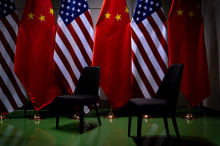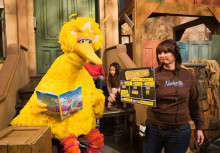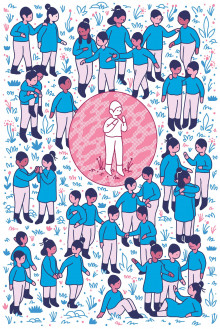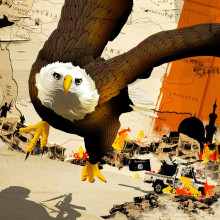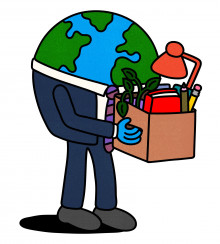Nurturing Creativity
Posted in Blog,Writing TipsFebruary 28, 2020Comments Off on Nurturing Creativity

Find anyone who writes anything and you will find a creative mind. But all writers get stuck, and they usually get stuck at the front end of the creative process.
That’s why I always enjoy the New York Times Better Living columns about creativity. I’ll found several of them online bundled together. Here is how they begin.
First, Give Permission: Tapping into your thoughts, dreams and imaginations is the first step to finding your inner creativity
I think I know what you do before you go to bed every night. Don’t worry, everyone does it. You imagine. You imagine some or another version of: If I only had this much money, I’d spend a weekend in the Caribbean; if I’d had just a second more to think, I know what I would’ve said to that jerk who had too many items in the express checkout aisle; or if I’d had just a second to think about it, I know what I’d have said to that beauty I nearly talked to reading my favorite book at the café.
We all have fantasies or, if you prefer, ideas. I will give them a different word: “Seeds.” These seeds are the germ-line of books, short stories, songs, the faces in a painting. Sometimes, when the idea is for a gadget that might, say, keep that guy in the car next to you from texting and driving, it’s the seed of an app or business. If it’s a doodle made during a boring corporate meeting, it’s the seed of an art project; the mixture of the barbecue sauce with the onions and the lemon might be the seed of the next, great slow-cooking invention.

